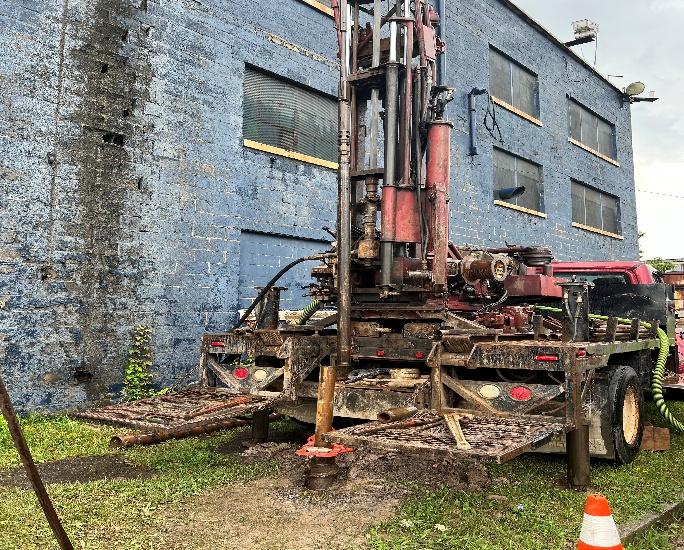Buffalo Sewer Authority Queen City Clean Waters Capital Projects Program

Client:
Greeley and Hansen
Location:
Buffalo, NY
Services Provided:
Hazardous Materials Inspections
SEQR
Environmental Permitting
HAZARDOUS MATERIALS CONSULTING
CORE Environmental Consultants, Inc. (CORE) is currently engaged by Greeley and Hansen (TYLin) to oversee hazardous materials inspections, environmental assessments, and conducting the State Environmental Quality Review (SEQR) Full Environmental Assessment for the Buffalo Sewer Authority (BSA) contracts Capital Program Projects.
The Buffalo Sewer Authority’s Queen City Clean Waters (QCCW) Capital Project Program is a critical initiative designed to improve the City of Buffalo’s combined sewer collection (CSO) system, including CSO storage, real-time control (RTC) smart sewers, and improvements to the Bird Island Wastewater Treatment Facility (WWTF). With a budget of $1 billion over a decade and over 50 project sites, the program aims to enhance the city's water infrastructure while prioritizing environmental justice and community engagement. The program will also foster local economic opportunities, particularly in underserved communities affected by construction disruptions.
CORE is a key member of the program management team, providing essential environmental review, permitting support, and site assessments. CORE assists with the State Environmental Quality Review Act (SEQRA) process, ensuring compliance with environmental regulations by completing the Full Environmental Assessment Form (FEAF) and coordinating with regulatory agencies. As part of its role, CORE conducts comprehensive Environmental Reviews at each project location to evaluate potential environmental hazards, including hazardous materials in soil and groundwater. CORE also collects soil and groundwater samples during geotechnical investigations for waste characterization and provides recommendations for disposal or remediation, ensuring compliance with hazardous waste regulations. This is crucial for managing potential contamination at the project sites and minimizing environmental impact during construction.